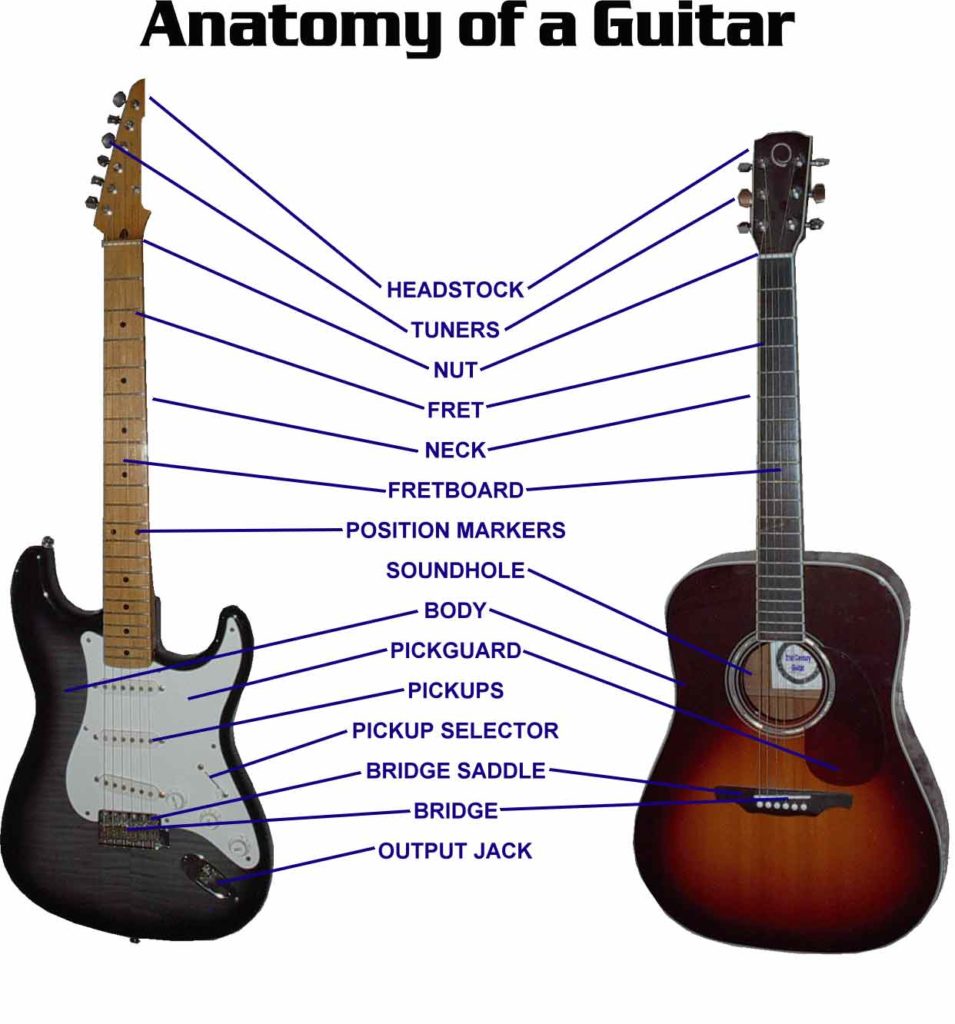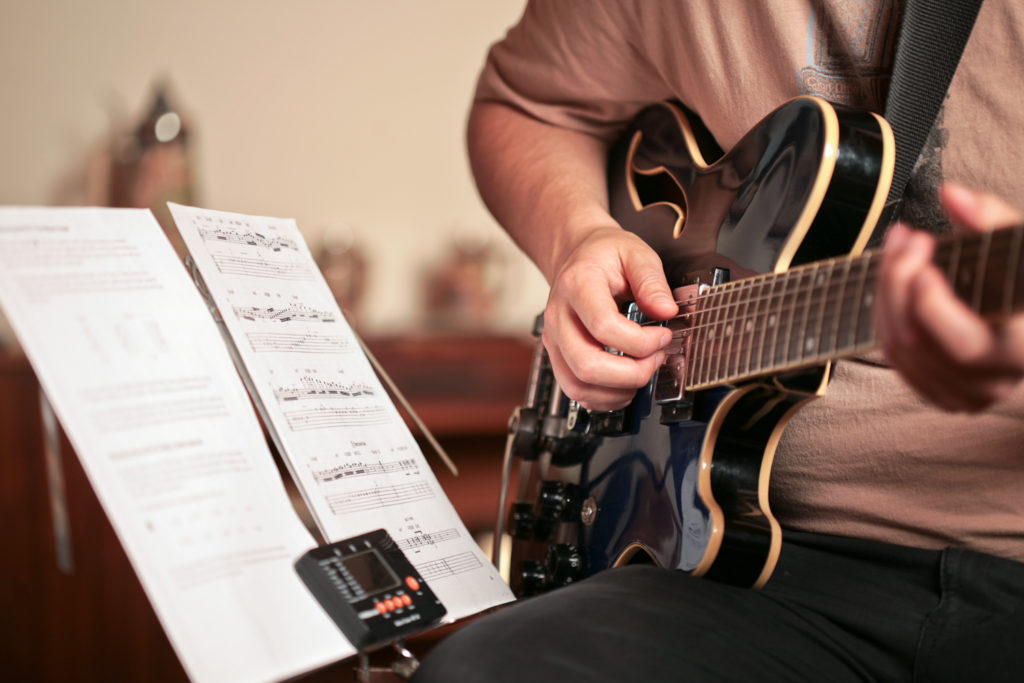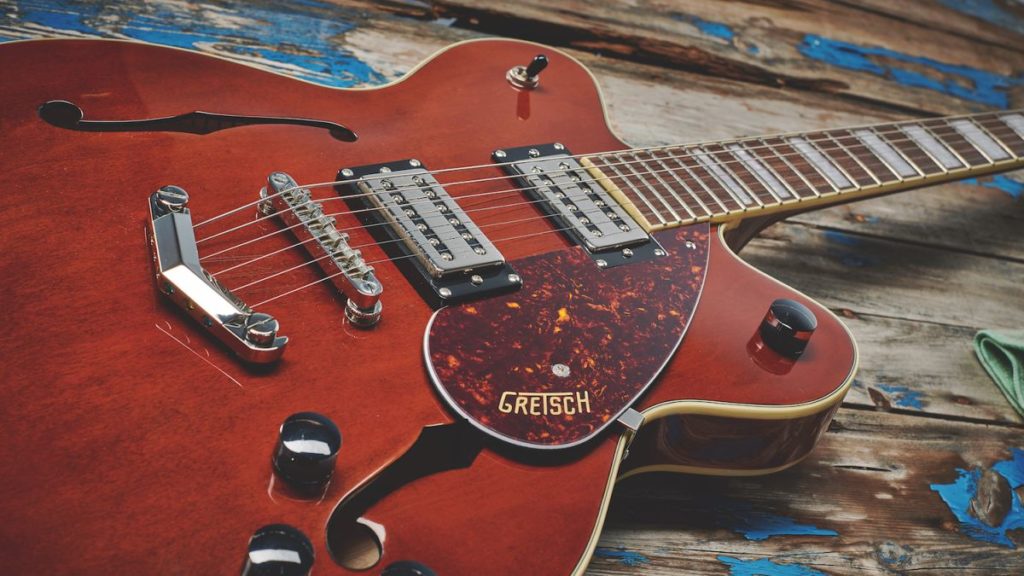
Buying your first electric guitar can be an overwhelming experience if you’re not prepared. You may end up getting something that can cause you a lot of frustration, which can keep you from enjoying learning to play. Before you take out your credit card or surrender your savings to buy a guitar, here are some things you need to do first to make sure you’re making the right decision.
We’ve put together a short guide of what we consider to be the top things you want to be thinking about before you splash your cash. Let’s start by delving in.

Read up on the basics
Buying an electric guitar involves understanding what it can offer you. You will be reading about its specs and features but if you’re not really familiar with guitar anatomy, you won’t be able to understand and appreciate these, much less choose the guitar that’s right for you.
This is why it’s important to begin educating yourself about electric guitar fundamentals. These include the parts of an electric guitar, how pickups work, what kinds of wood are used and how they affect the tone of the guitar, the most popular electric guitar models, the equipment and accessories needed for playing guitar and so on.
Reading about the basics would also introduce you to some terms or guitar jargon you would commonly see in guitar descriptions and reviews, helping you get a better idea of how a guitar would play and perform when you do your research about it. For instance, if you read a review that says a guitar exhibits some buzz on the low E string, you would understand what that means and be able to assess if it’s worthy of consideration or not.
An electric guitar is a little more complicated than your average acoustic (which would personally be a better place to start if this is your first guitar.) You need to think about how you’re going to power the instrument and output the sound. These are things that all need to be factored in before you buy.

Think about a lesson plan
This step is probably the most important if you’re just starting out and have skipped the acoustic guitar stage and moved straight to electric. In this day and age, you have an eclectic mix of options from local group lessons to one-on-one lessons with a local tutor or even a virtual Skype tutor to full on self-learning internet-based courses where you can dip in and out of lessons when you can find the time.
The online learning format seems to be flavor of the month/year at the moment and has come a long way over the past few years. A seemingly viable option that more and more people appear to be pursuing.
That said, even within this area, you could quickly get overwhelmed by the number of options at your disposal. There are tonnes of “free” options being pushed around sites like Youtube plus a number of paid options offered by the likes of Guitartricks, Jamplay and FenderPlay to name a few. To get detailed reviews of some of the paid options, we recommend checking out sites like Know Your Instrument which tend to give somewhat impartial reviews despite possibly earning some side commission for doing so.

Go window shopping
Look around electric guitar marketplaces online and offline so you can get an idea of what’s available and how much guitars cost. Armed with your guitar knowledge, you will be able to determine which shops offer great deals on electric guitars. You may know some local shops offering great deals but the cheapest options still seem to on sites like Amazon and Ebay which offer some truly fantastic deals especially at the lower end.
If you’re looking for an entry-level model in particular, you will find plenty of beginner electric guitars under $200. If you’re serious about learning to play guitar and are willing to invest in a more expensive model that can stay with you until you go pro, then go ahead and check out those in the $500-$1000 range. Going over $1000 as a beginner is really not a wise decision. You want to find out whether you truly have the time and motivation to get the most out of your axe before you take it that far. If you want to learn more tips about this topic, check out this great article on Musical Instru.
Our advice is get something that does the job effectively (not overly cheap) and not too expensive (ie. Gibson territory). Something like an Epiphone Les Paul really strikes a balance here.

Determine your budget
At this point you may already have an idea of the kind or model of electric guitar you want or at least the specs you want in an electric guitar. You would also already know which models are available and how much they cost. It’s now time to set your budget limit.
When determining your budget, make sure to include the accessories you need to buy, such as a guitar strap, a case or gig bag and picks. Most important of all of course is the electronic equipment – an amp and perhaps a couple of cables of varying lengths. How much are you willing to spend on all of your gear?
It may help you to know that there are shops offering electric guitar starter kits, which come complete with everything a beginner needs to get started. These guitar bundles offer excellent value for money as it would usually cost more to buy a practice amp, instrument cable, gig bag and other accessories individually. If you’re looking to save money on gear, consider getting an all-in-one kit as this is where you can really get bang for your buck and cut out a lot of the hassle of putting it all together yourself piece by piece.
Those are the top four things you absolutely need to do before buying your first axe. It may seem like a lot of work, but your efforts will certainly help you find the best electric guitar that will meet your needs and fit your budget. Have fun!











